In the animal kingdom, some creatures thrive without the need for sight. These fascinating beings have adapted to their environments in remarkable ways, relying on other senses to navigate and survive. This article explores eyeless animals, dividing them into terrestrial and marine categories, highlighting their unique adaptations and ecological roles.
Habitat: Found in the dark caves of Mexico.
Adaptations: These fish have evolved to lose their eyesight due to the perpetual darkness of their environment. Instead, they rely on heightened senses of taste and smell to locate food and navigate.

Habitat: Cave systems in Mexico.
Adaptations: Similar to blind cave fish, these tetras have adapted to darkness by losing their eyes over generations. They possess a keen lateral line system that helps them detect vibrations in the water, compensating for their lack of sight.
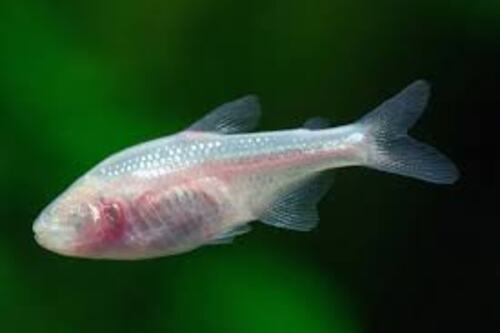
Habitat: Found in soil and decaying organic matter worldwide.
Adaptations: Many species of earthworms and other burrowing worms lack eyes. They rely on chemical signals and touch to navigate their underground environments, playing crucial roles in soil aeration and nutrient cycling.

Habitat: Underground tunnels in Europe and Asia.
Adaptations: Blind moles have adapted to life underground by losing their eyesight. They possess sensitive whiskers and a keen sense of touch, allowing them to navigate and find food in their dark burrows.
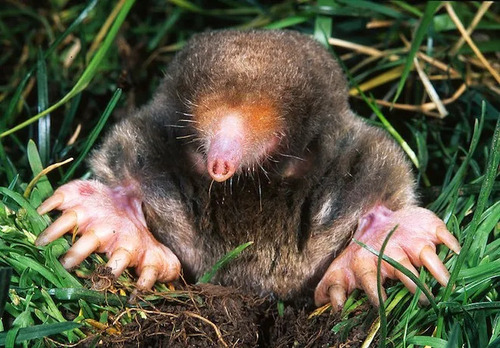
Habitat: Diverse environments across the globe.
Adaptations: Some species of ants, particularly those that live underground, may have reduced or absent eyes. They rely on pheromones and tactile communication to navigate their environments and coordinate with their colonies.

Habitat: Deep-sea environments, often in dark crevices.
Adaptations: Blind shrimp have evolved to thrive in deep, dark waters where sight is less useful. They navigate using their antennae and are known to form symbiotic relationships with other species.

Habitat: Subterranean freshwater caves.
Adaptations: Many cave-dwelling crustaceans, like certain species of amphipods, have lost their eyes over generations. They rely on sensitivity to water currents and chemical signals for navigation and locating food.
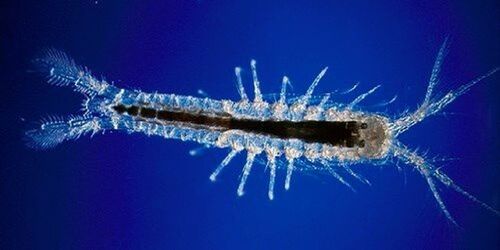
Habitat: Deep ocean environments.
Adaptations: Some deep-sea eels have minimal or no eye development due to the absence of light at great depths. They use their acute sense of smell to locate prey in the dark.
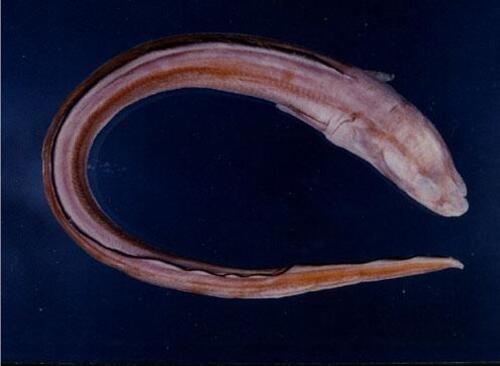
Habitat: Deep-sea environments.
Adaptations: These eels have adapted to extreme depths and have reduced or absent eyes. Their adaptations include enhanced sensory organs to detect movement and vibrations in the water.
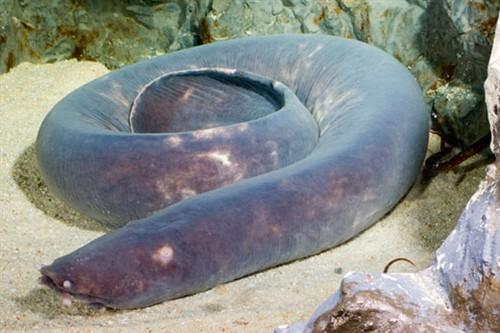
Habitat: Ocean floors worldwide.
Adaptations: While some species have simple eye structures, many aquarium/sea-cucumbers.html">sea cucumbers lack true eyes. They navigate their surroundings using touch and chemical cues, playing important roles in marine ecosystems as scavengers.
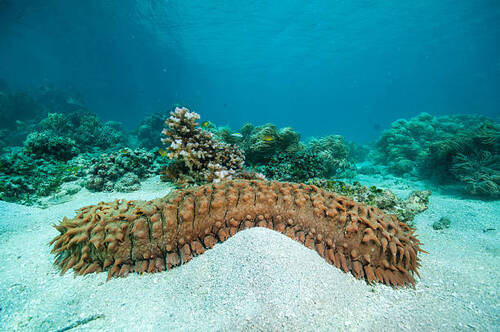
The absence of eyes in certain animals is a testament to the incredible adaptability of life. Whether on land or in the ocean, these creatures have developed unique adaptations that allow them to thrive in their respective environments. By relying on alternative senses, they navigate, find food, and interact with their ecosystems in ways that are just as effective as vision. Understanding these fascinating adaptations enriches our appreciation for the diversity of life on Earth and highlights the wonders of evolution.
animal tags: eyes
We created this article in conjunction with AI technology, then made sure it was fact-checked and edited by a Animals Top editor.